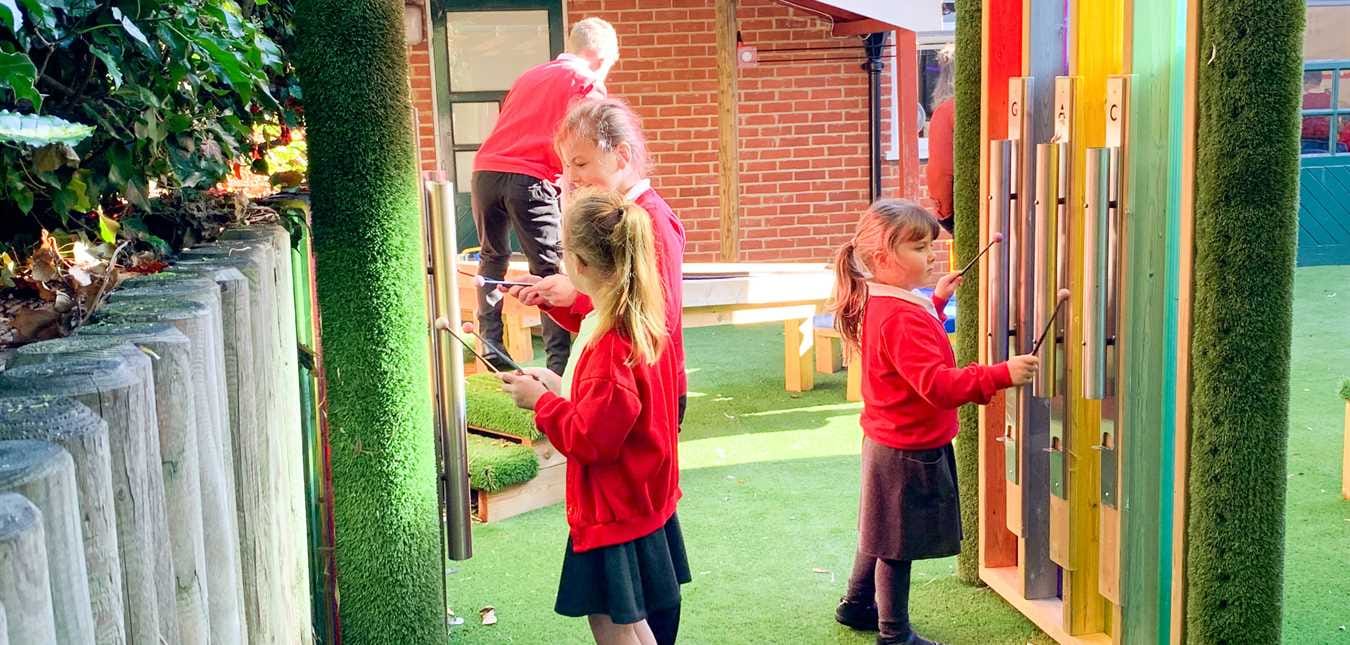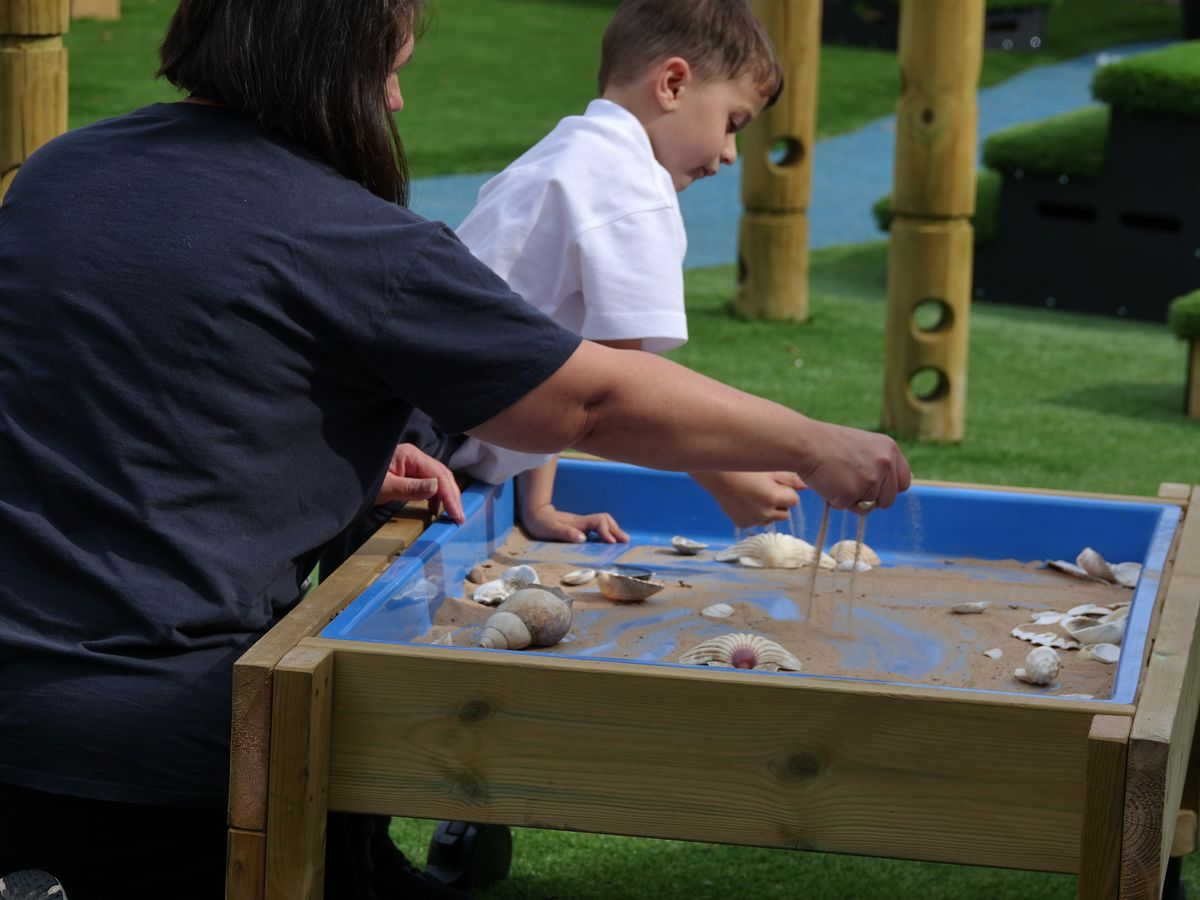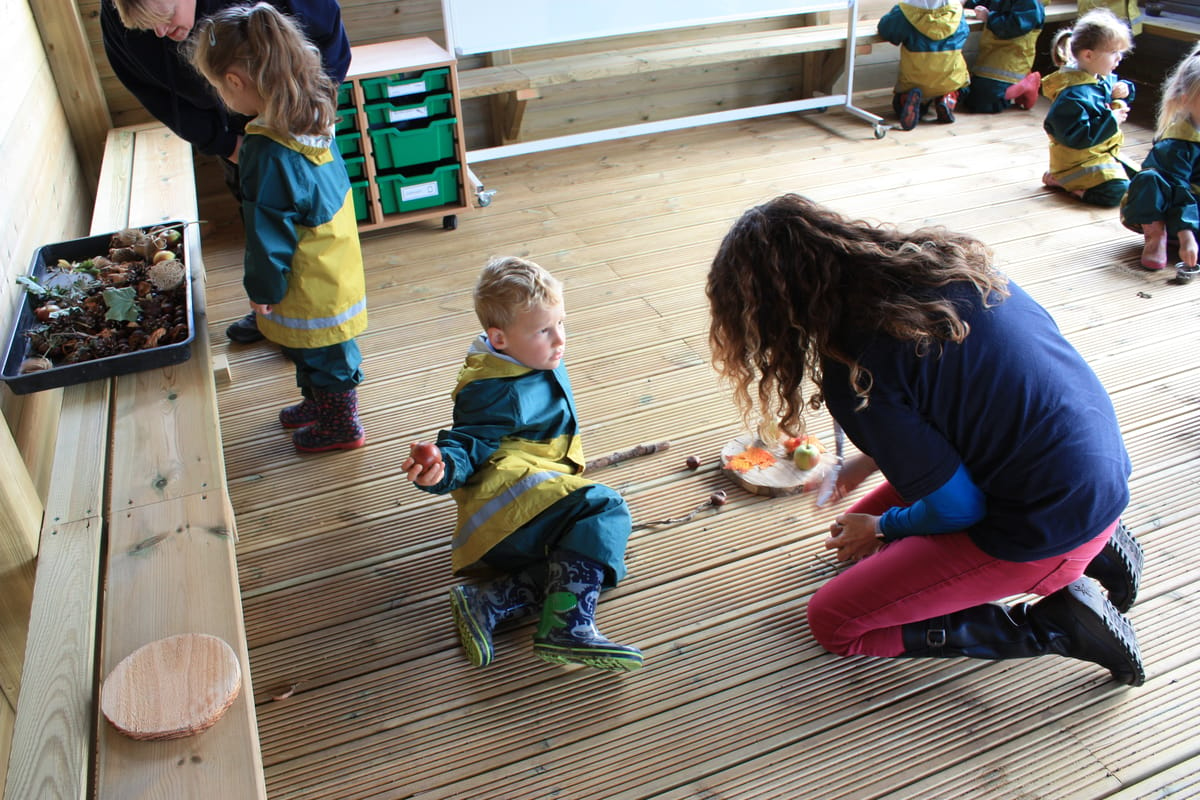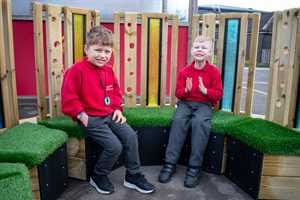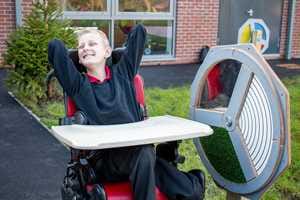
Special Educational Needs
Why Sensory Spaces Belong in Every Primary School
Walking through most mainstream primary schools in the UK, you’ll generally come across bright, busy classrooms, corridors lined with students’ stories and artwork, and playgrounds echoing with the excitement of lunchtime play.
But one thing you might not always get to see, unless you're lucky or you’re in a specialist school, is a sensory space. And if your mainstream primary school doesn’t have one? Well, that’s a huge missed opportunity - but thankfully it’s not too hard to rectify!
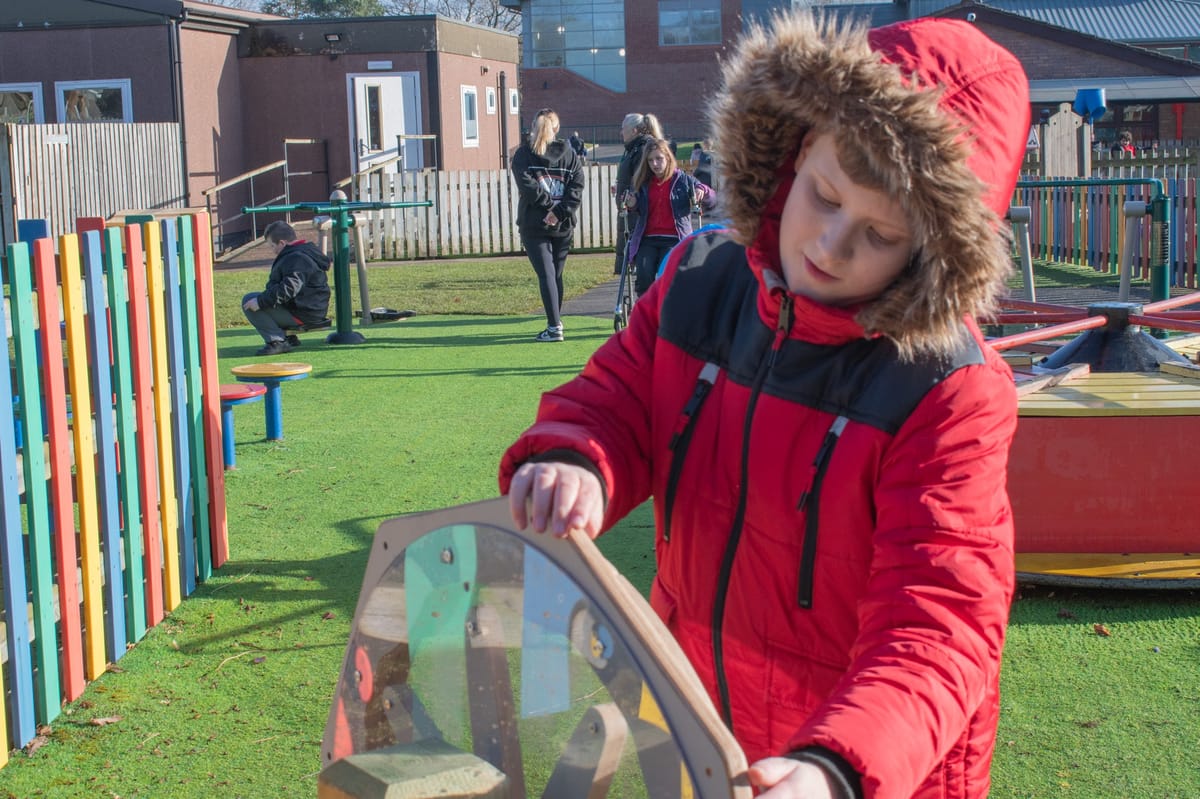
For some time there was a bit of misconception around the education sector that sensory rooms, or sensory provisions, were specifically and only needed in specialist school settings. That somehow, sensory play was an ‘extra’ - either a luxury facility or something that was only suitable for children with complex needs.
But here’s the truth of it: sensory spaces belong in every primary school. They’re not just ‘nice to have’ (even though they are very nice to have!) and they’re no longer considered as such, but rather recognised as an essential tool for providing inclusive education.
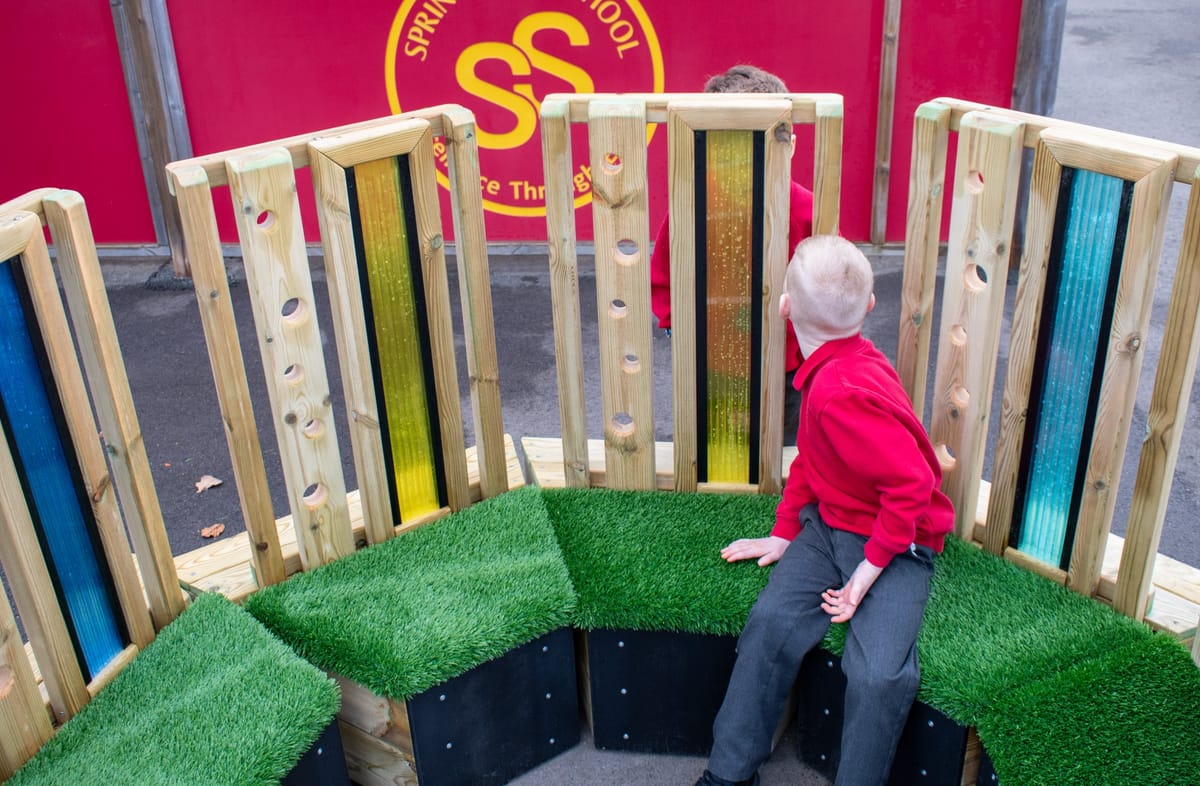
Just a few of the benefits that schools frequently report when they invest in sensory provision include:
- Improved emotional regulation - Sensory rooms act as a ‘reset button’, providing the space for children to work out how to recognise and manage their emotions. This can really help to prevent emotional meltdowns or shutdowns that interrupt learning, and help children to feel so much more calm and regulated in their own way.
- Better engagement in learning - A short session of even just 10-15 minutes in a calming sensory space can mean the difference between a child zoning out in class, or being fully present, engaged, comfortable and ready to learn.
- Support for mental health and wellbeing - In an age of rising anxiety levels among children, a sensory space can offer a safe haven. It can be a vital space for children dealing with bereavement, trauma or social difficulties whether short or longer term.
- Fewer behavioural issues and exclusions - Rather than disciplining children for reacting to an overwhelming environment, sensory spaces offer a pre-emptive, preventative solution - providing ways to comfort and calm the storm instead of allowing it to hit too hard.
- A more inclusive culture - When children see that their peers have access to calming tools, it helps normalise differences and promotes empathy. Inclusive play ideas become part of daily life, not a separate ‘SEND thing’ - and this is so very important in the wonderfully diverse society we live in.
And these experiences are something that all children in every school can and should be receiving.
A Real and Growing Need for Mainstream Sensory Support
Thoughtfully and carefully designed sensory rooms are viewed as extremely important and much-valued assets in special schools that cater to the specific needs of children with disabilities or significant learning difficulties - where class sizes are smaller, and teaching and assessment are matched closely to learning styles and strengths.
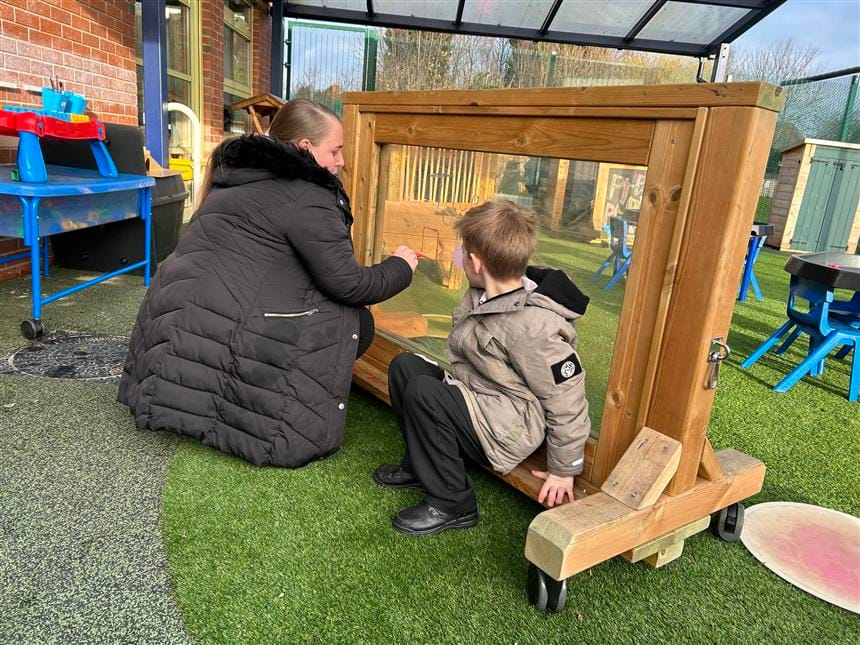
Perhaps because of this, mainstream schools have often, historically, fallen into the trap of thinking, "We don't have the space, or enough children with SEND, to need or justify a sensory room.” This, coupled with the age-old challenges that mainstream schools continue to face in trying to obtain significant funding for improving facilities generally, means that many of them don’t even consider sensory rooms and sensory spaces as a possible option.
However - this overlooks a few vitally important facts - and things are beginning to change. The spectrum of educational needs in the UK is broad, and it's growing. On 12 June this year, the government announced that:
- Over 1.7 million pupils in England have special educational needs.
- This figure shows an increase of 93,700 children (5.6%) from the year before. It includes the number of pupils with an EHCP and the number of pupils with SEN support (but no EHCP) - both of which continue the trend of increases since 2016.
- The percentage of pupils with an EHCP has increased to 5.3%, from 4.8% in 2024.
- The percentage of pupils with SEN support (and no EHCP) has increased to 14.2%, from 13.6% in 2024.
What’s of note is that most of those pupils are currently being educated in mainstream settings. That’s a huge number of children who could benefit from proper sensory support every single day.
Sensory spaces are well-known for the different ways in which they can support children with autism and/or sensory processing disorders. With the right equipment, they can also be incredibly helpful for pupils with ADHD, anxiety, developmental trauma, speech and language delays, and also children experiencing emotional distress.
In episode 36 of her popular podcast “SEND in the Experts”, SEND Consultant, author, and qualified teacher/former SENDCo Georgina Durrant discusses the importance of sensory spaces for autistic learners and children who are managing sensory overload.
She emphasises how sensory rooms help children to “feel regulated and calm” by offering controlled, low-stimulation environments, and make school more accessible and nurturing for children with special educational needs.
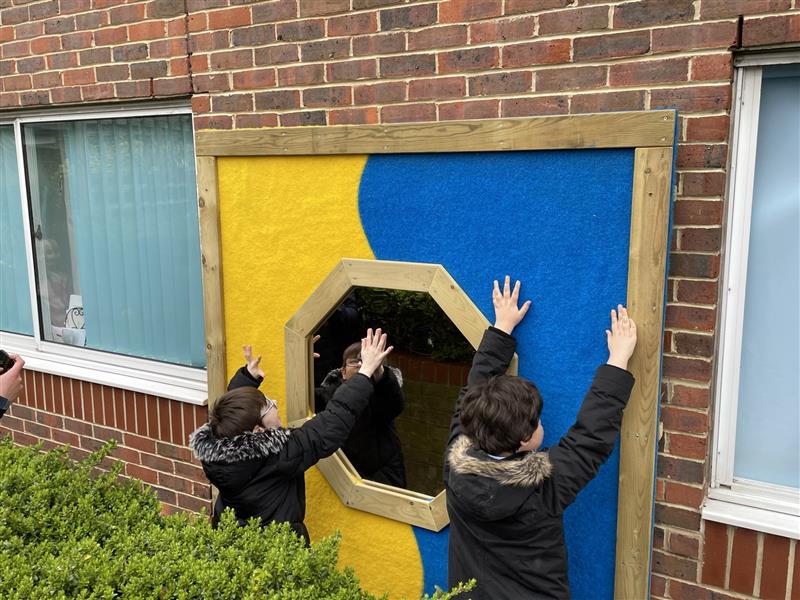
It’s important to remember that sensory play is beneficial to all children of all abilities, regardless of diagnosis. Sensory provision is about recognising that all children have different sensory needs, and when we can meet those needs, everyone benefits. It's an extremely proactive tool for inclusion.
Funding Sensory Provision - The Green Light
In March this year, the government pledged better support for students with Special Educational Needs and Disabilities, with the announcement of a £740 million capital grant for mainstream schools to create wholly inclusive learning environments for their students.
The government has specified that this is a capital grant only - the funding is to be used ‘to ensure an inclusive environment in which all pupils can be supported, for example by creating breakout spaces where children can go to self-regulate’ - so while funding is expected to land imminently, the green light is there for mainstream schools to build their sensory spaces.
What is a Sensory Space, Really?
A sensory space is an area designed specifically to offer a variety of sensory stimuli - light, sound, texture, movement, and even smell - in a calm, controlled environment.
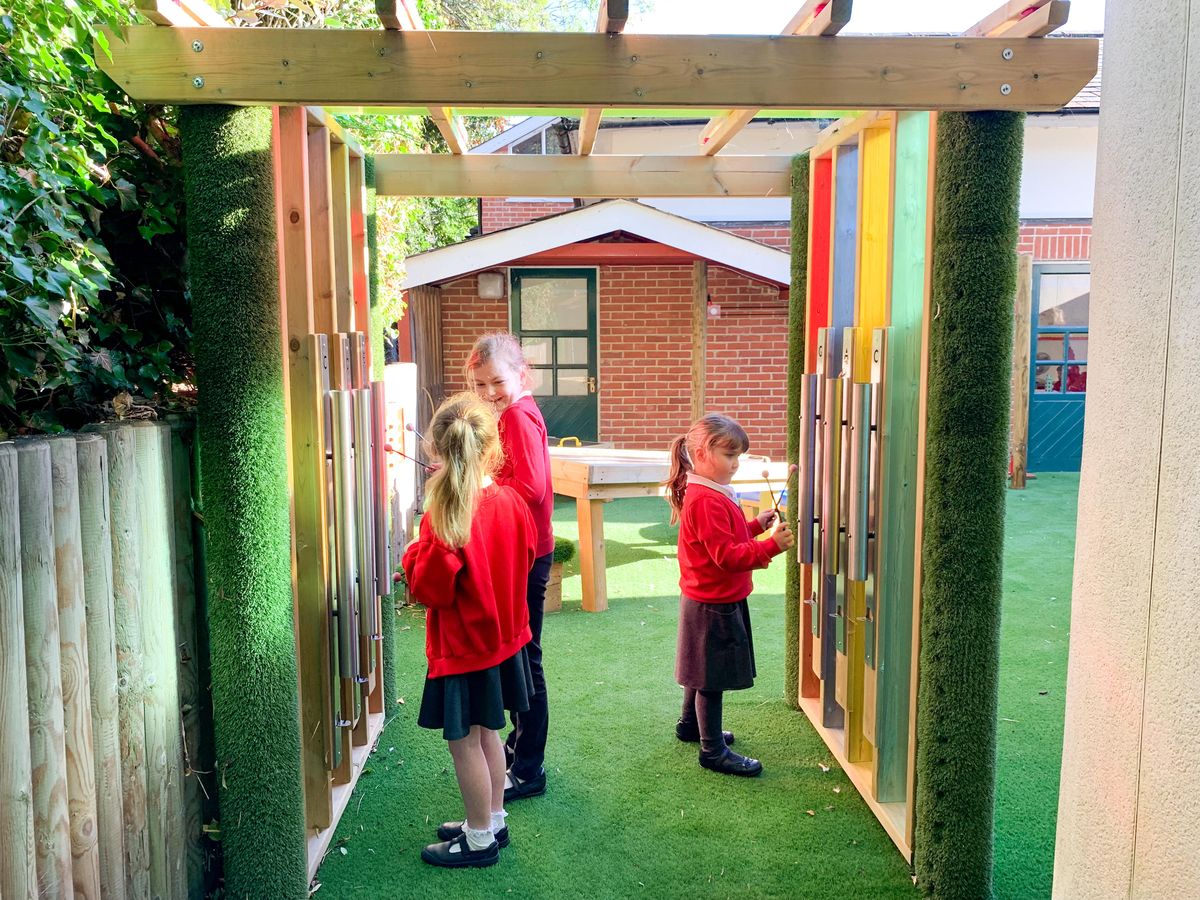
With a little careful planning, a sensory space can be something really quite incredible - it’s easy for us to get excited here as there is just so much that mainstream schools can do with them to support their pupils!
These rooms can be active or calming depending on the needs of the users - what you decide to do with your sensory space, how you plan and design it and what kind of sensory equipment you decide to use, is very much up to you and your school - there are endless creative ideas and options!
Some common features of sensory spaces include:
- Natural or soft lighting (adjustable or projected)
- Visual displays such as bubble tubes or fibre optic lights
- Tactile walls or panels
- Comfortable seating and flooring such as cushions, crash mats and beanbags
- Weighted blankets
- Compression swings, rocking chairs or stools
- Soft play equipment such as lightweight/squishy balls, playdough, clay, sorting toys
- Padding and sound-absorbing materials for a quiet atmosphere
- Auditory stimuli such as calming music, white noise, nature sounds, wind chimes
And of course they don’t just have to be indoors! On the contrary, outdoor sensory spaces and sensory gardens provide incredibly engaging and calming sensory spaces - somewhere where children can feel safe and regulated in a natural environment, with all the calming benefits that being surrounded by nature naturally brings.
Following the SEND Code of Practice - Inclusive Provision
If you're a school leader, teacher, teaching assistant or SENCo, no doubt you’ll already be very familiar with the SEND Code of Practice (2015). This legal guidance is built on the understanding that children with special educational needs should be supported within the mainstream education system wherever possible, since inclusion brings significant academic, social, and personal benefits for both the child with SEND and their peers.
The Code places a strong emphasis on early identification of children’s needs with early interventions, accessibility, and high quality provision with a focus on inclusion and removing barriers to learning. Providing a space where every child can regulate their emotions, access learning in a way that suits them, and feel supported, is exactly what well-designed sensory spaces can achieve - and that’s a prime example of inclusivity.
If you're struggling to remember anything (we don't blame you!) or fancy a quick refresher, then make sure to read our SEND Code of Practice Explained blog, where we walk you through everything you need to know!
Finding the Right SEN Equipment for Mainstream Schools
There’s an obvious practical angle to consider. It often seems that mainstream schools are being asked to do more with less - but in order to support a broad range of SEN profiles they clearly need the right tools to be able to do the job properly.
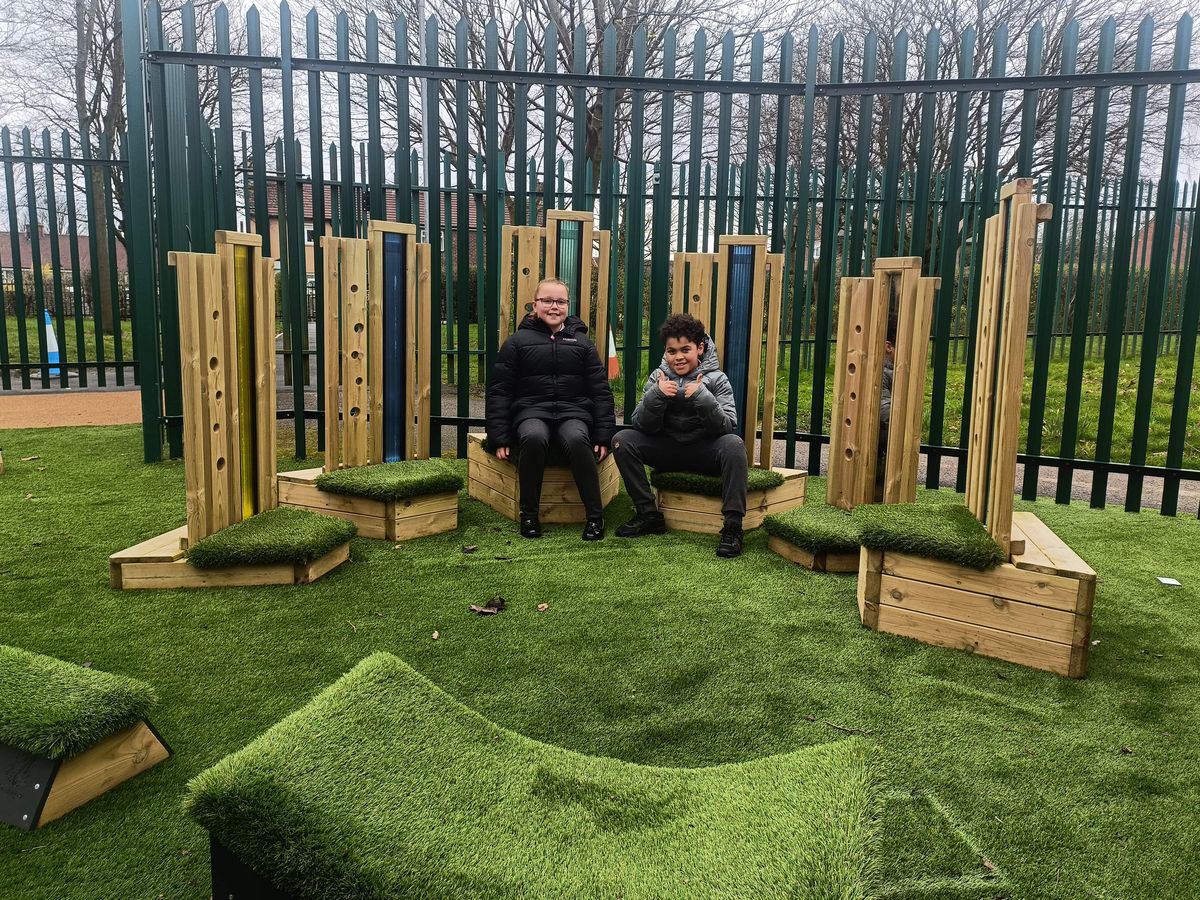
True inclusion goes beyond policies and is felt in the fabric of a school - how children are welcomed, how training is provided for staff, and what kind of environment is created.
Designing and creating sensory spaces in mainstream primary schools, and including the right SEN equipment - whether sensory, tactile panels, movement-based play resources, gardening facilities and so on - and whether adapting existing indoor spaces or installing a new outdoor classroom for sensory rooms - it isn’t about mimicking specialist provision. It’s about equipping schools to meet the needs of their own learners.
If you’re thinking, “We don’t have the space or the budget for this,” you're not alone. But the good news is that sensory provision doesn’t have to be super-expensive or require a full-scale room conversion - and with the government’s pledge for more capital funding to allow mainstream schools to create inclusive learning environments for their students, it should be wholly achievable for all primary schools.
.jpg)
If you’re looking to create a sensory space in your school - we can help you. We have over 25 years of expertise in creating sensory playgrounds and gardens for schools and nurseries across the country. As the UK’s Number 1 School Playground Equipment Specialist, we can help you with practical, budget-friendly ways to create inclusive play and learning spaces that work for your school’s setting.
You can explore our specialist range of sensory SEN equipment for mainstream schools and outdoor classrooms for creating your ideal sensory space - along with some of the projects we have completed with the many wonderful schools that we work with - in more detail on our website.
Contact us today to arrange a free, no-obligation consultation with one of our learning experts.
